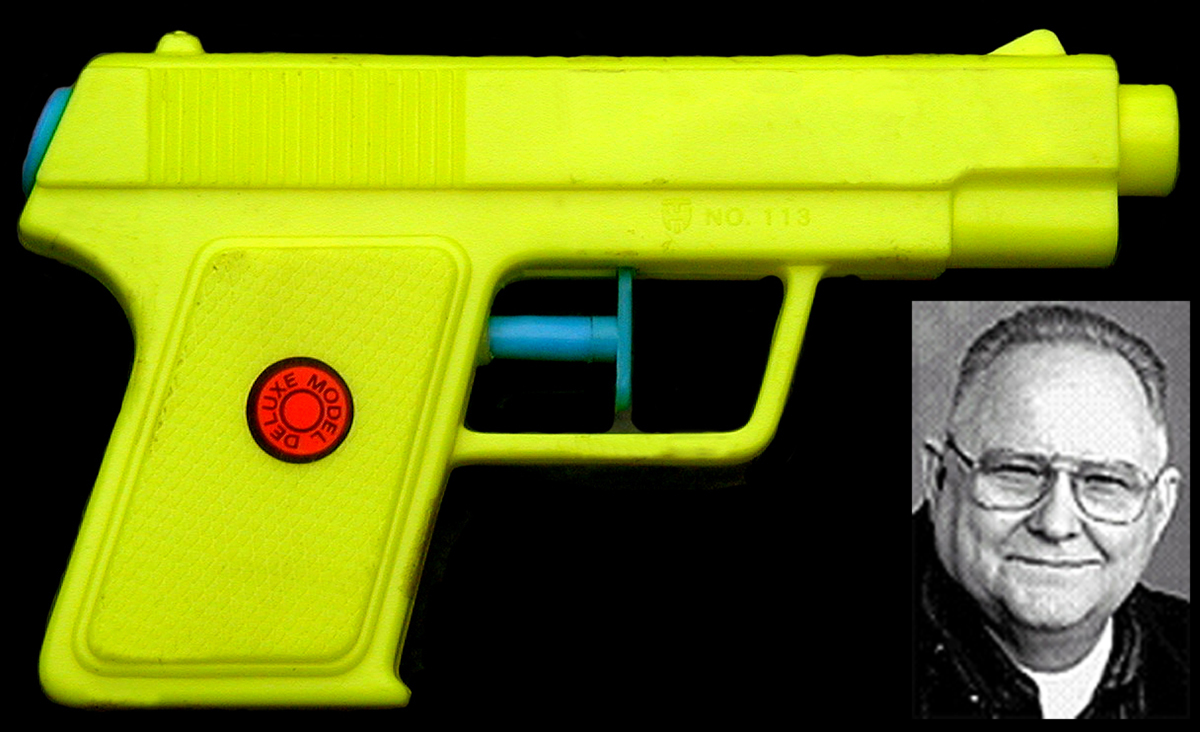S&H Green Stamps were once known as “America’s Most Valuable Stamps,” at one time printing three times as many as the U.S. Post Office. Printed by the Sperry and Hutchinson Company, they had been around since 1896 but did not reach their zenith until the 1950s.
The concept was quite simple. When you purchased food by cash from a participating store, the business would dole out one small green stamp for each ten cents spent. Patrons meticulously licked the stamps and placed them into small books, each containing spaces for 1200 serial numbered stamps.
The 30 empty pages contained advertisements promoting the lucrative benefits of the program. After accumulating several full books, consumers traveled to local “redemption centers” and exchanged them for predetermined merchandise. The business’s catalog, known as an Ideabook, offered customers a wide variety of choices and corresponding book requirements: Pair of bookends (1), Baldwin piano (380), Singer sewing machine (35), week’s vacation in Hawaii (190), pair of Speed King roller skates (1), Kodak Hawkeye camera (5½) and a Wollensak reel-to-reel tape recorder (43).
I recall a humorous event from the mid 1950s when a neighborhood acquaintance named Lucy invited my mom and me to ride with her to the S&H Redemption Store at 208 N. Roan Street near the old Power Board. Lucy placed a box of previously counted loose stamps on the counter in front of the attendant, informing him exactly how many books the stamps represented and the desired merchandise. The perplexed clerk informed her that stamps had to be in books in order to be redeemed. He proceeded to give her a handful of empty ones, assuming she would take them home and return with the stamps affixed to them. Not so. Lucy’s less than cordial response was “If you want my stamps in your books, then you lick ‘em and stick ‘em there yourself.”
Had Lucy read the fine print on the backside of the front cover of a book, she would have understood the rules: “The stamps when received from you must be pasted in the book, as that is the method we have adopted for the purpose of preventing their further use.” The clerk’s congenial reply angered Lucy, prompting her to begin licking whole sheets and sticking them on the pages with many stamps protruded outside the book. Mom wisely suggested we depart the premises. She hastily picked up Lucy’s box of stamps and empty books and the three of us abruptly exited the establishment.
As demonstrated by our neighbor’s little temper tantrum, putting the stamps into books was a bit laborious, not to discount the foul taste of the glue. Nevertheless, most people overlooked this slight annoyance in order to select a prize from the attractive catalog.
The success of the S&H rewards program spawned competition from other companies: Gold Bond, Gift House, Triple-S, Plaid Stamps, King Korn, World, Blue Chip, Top Value and others. By about 1980, the “lick ‘em and stick ‘em” world of redeemable stamps ran out of glue and went dry. Sperry and Hutchinson Company is still in business but with a new marketing strategy.
Today, the only remnants of this unique rewards program are musty smelling books, stamps and catalogs found at flea markets, auctions and antique stores.


